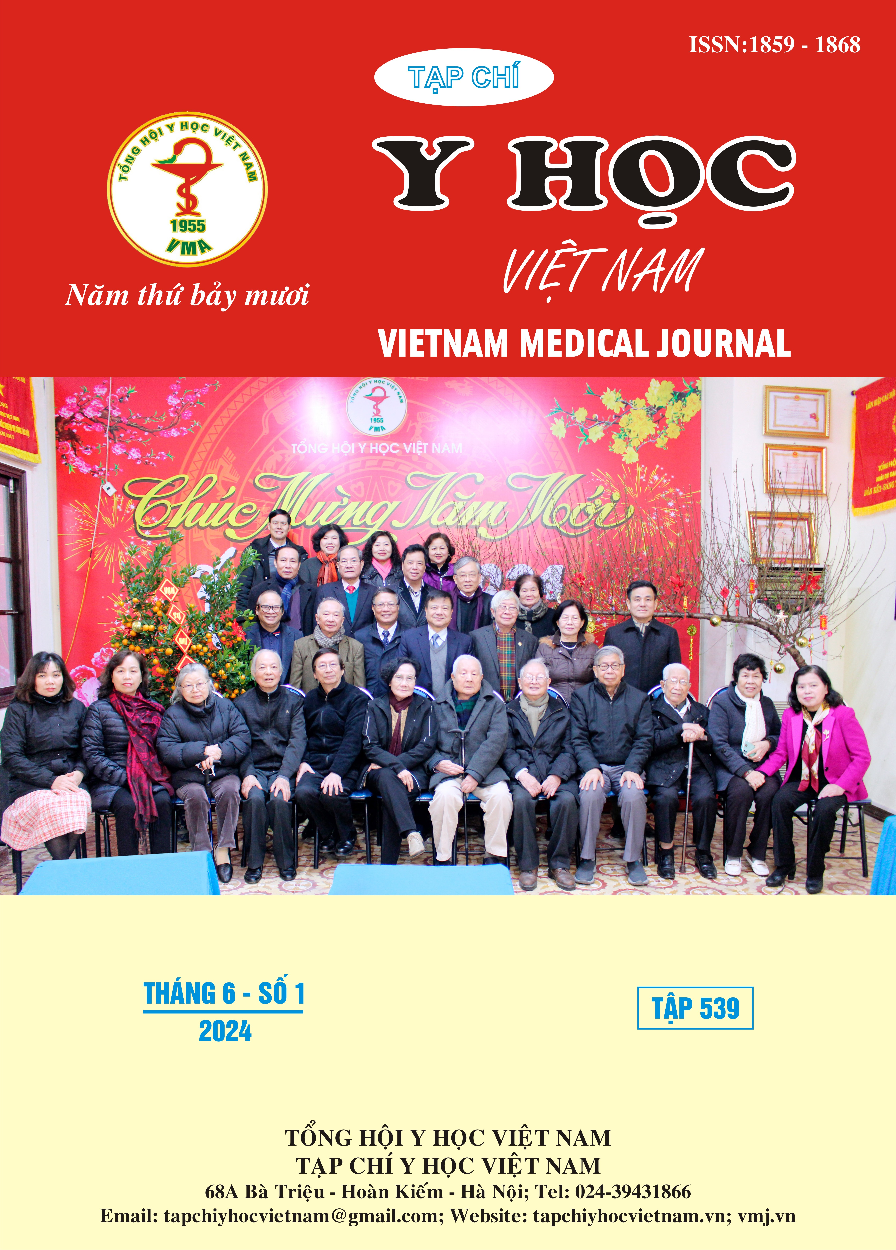STUDY ON ACUTE TOXICITY AND EFFECTS OF THARODAS GRANULES ON LIVER AND KIDNEY FUNCTION
Main Article Content
Abstract
Research objective: To study the acute toxicity and effects of Tharodas granules on liver and kidney function in white mice induced to coagulate with lipopolysaccharide. Subjects and methods: Swiss white mice, both breeds, healthy, weighing 30g - 35g that were provided by the National Institute of Hygiene and Epidemiology. Research method: Research on acute toxicity and determine LD50 of Tharodas granules on white mice orally. Research on the effects of liver and kidney function on the lipopolysaccharide coagulation model by Wang B et al. Result: Swiss mice taking Tharodas granules at doses from 100g/kg to a maximum dose of 200g/kg (orally) did not show signs of acute toxicity. AST activity in the blood of white mice in the group receiving rivaroxaban dose of 10 mg/kg/day and Tharodas Granules at both dose levels did not have a statistically significant difference compared to the biological control group and the model group (p> 0.05). ALT activity in the blood of mice in the group receiving Tharodas Granules at doses of 1.44 g/kg/day and 4.32 g/kg/day increased statistically significantly compared to the biological control group (p<0.05). There is no statistically significant difference compared to the model batch (p>0.05). The concentration of creatinine in the blood of white mice in the group receiving rivaroxaban dose of 10 mg/kg/day and Tharodas Granules at both dose levels did not have a statistically significant difference compared to the biological control group and the model group (p> 0.05). Conclusion: Tharodas granules do not cause acute toxicity at a dose of 200g/kg in mice (46.29 times the expected human dose) orally. Tharodas granules at doses of 1.44 and 4.32 g/kg/day did not change AST activity and urea and creatinine concentrations in the blood of mice induced to coagulate with lipopolysaccharide compared to the biological control group and the model group, increasing the blood Statistical significance of ALT activity compared to biological control batch.
Article Details
Keywords
Acute toxicity, Tharodas granules.
References
2. Lương Văn Nghĩa (Bản dịch, 2004), Y lâm cải thác, Nhà xuất bản tổng hợp, Hồ Chí Minh.
3. Đỗ Trung Đàm (2006), Phương pháp ngoại suy liều có hiệu quả tương đương giữa người và động vật thí nghiệm. Phương pháp nghiên cứu tác dụng dược lý của thuốc từ dược thảo. Nhà xuất bản khoa học và kỹ thuật. Tạp chí dược học, số 479, tr. 38-41
4. Đỗ Trung Đàm (2014), Phương pháp xác định độc tính của thuốc, Nhà xuất bản y học.
5. Bộ Y tế (2017), Dược điển Vệt Nam V, Nhà xuất bản Y học Hà Nội.
6. Trương Hữu Nhàn và cs (2012). Nghiên cứu độc tính, tác dụng phục hồi trí nhớ của viên nang bổ dương hoàn ngũ thang trên thực nghiệm. Tạp chí nghiên cứu y học TP.HCM, tập 16, trang 124-129.
7. Nguyễn Thế Khánh, Phạm Tử Dương (2001), Xét nghiệm sử dụng trong lâm sàng, Nhà xuất bản Y học Hà Nội, tr. 36 – 41, 118 – 139
8. World Health Organization (2013), Working group on the safety and efficacy of herbal medicine, Report of regional office for the western pacific of the World Health Organization.
9. Gerhard Vogel H. (2016), Drug discovery and evaluation Pharmacological assays, Springer.
10. WANG Biao, WU Shu-ming, et al (2012). Pre-treatment with bone marrow-derived mesenchymal stem cells inhibits systemic intravascular coagulation and attenuates organ dysfunction in lipopolysaccharide-induced disseminated intravascular coagulation rat model. Chinese Medical Journal;125(10):1753-1759.


